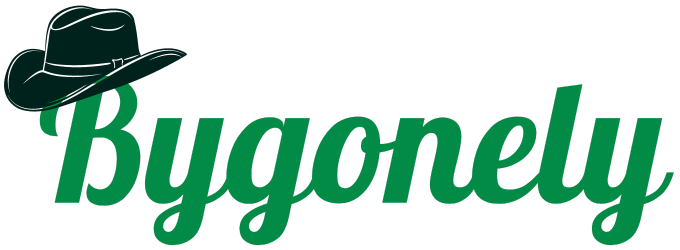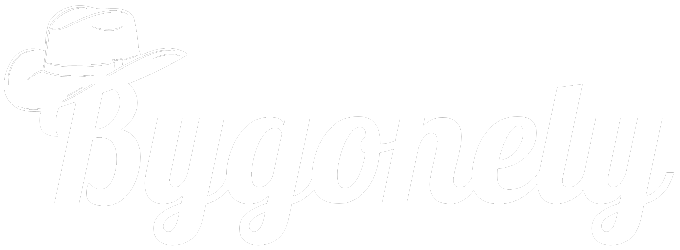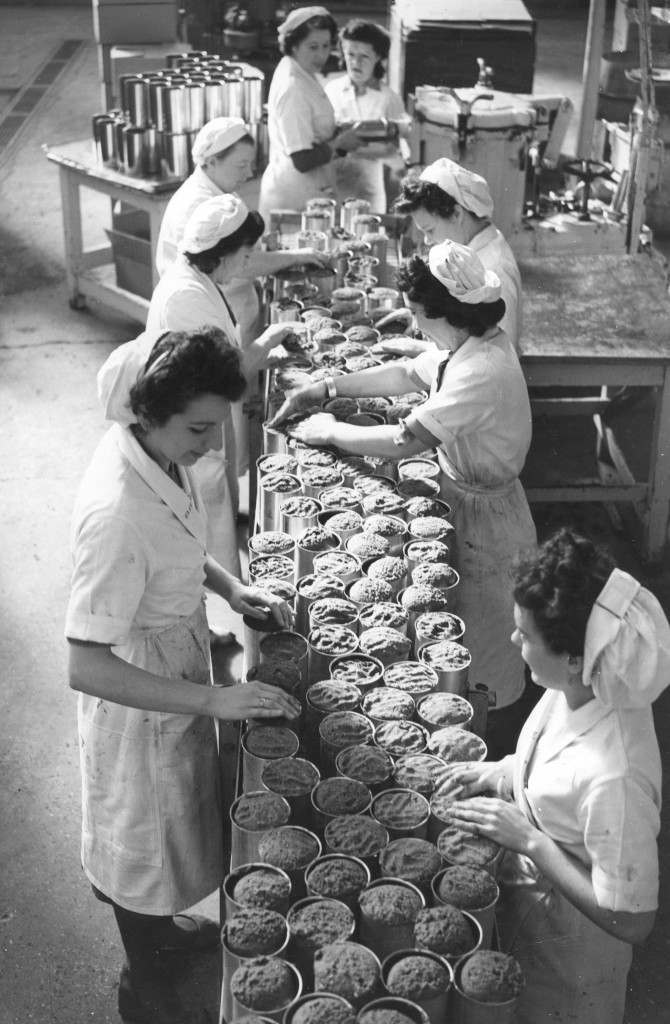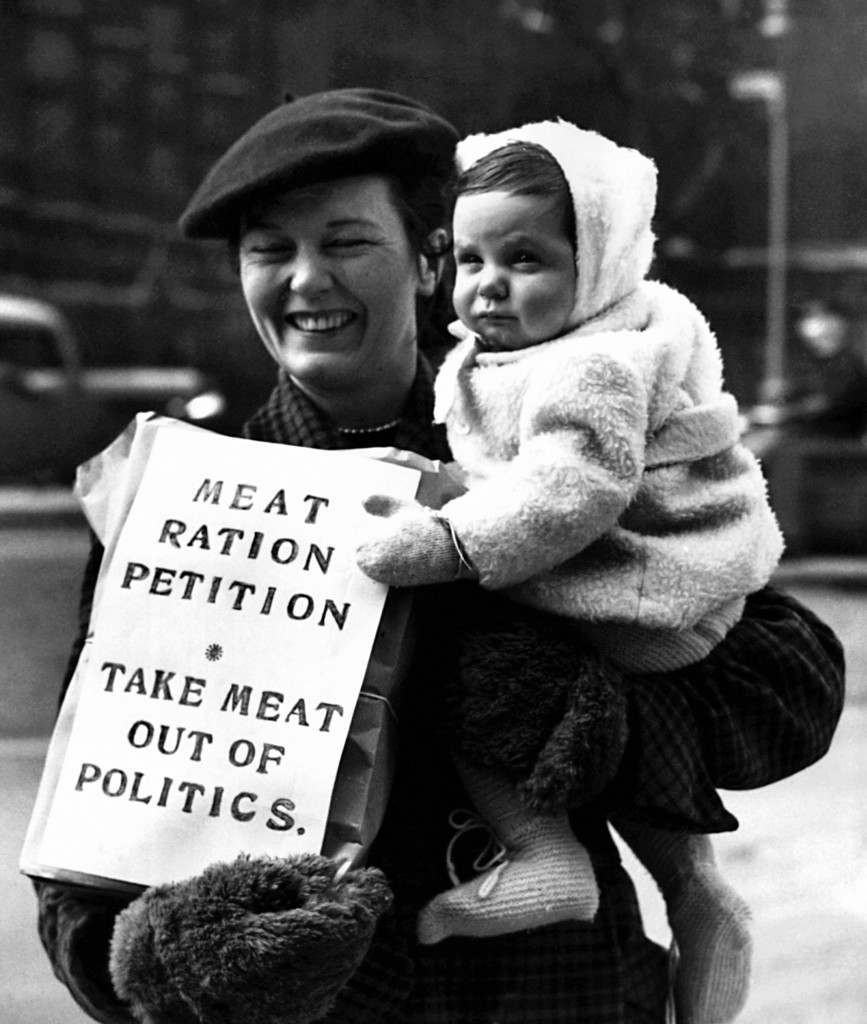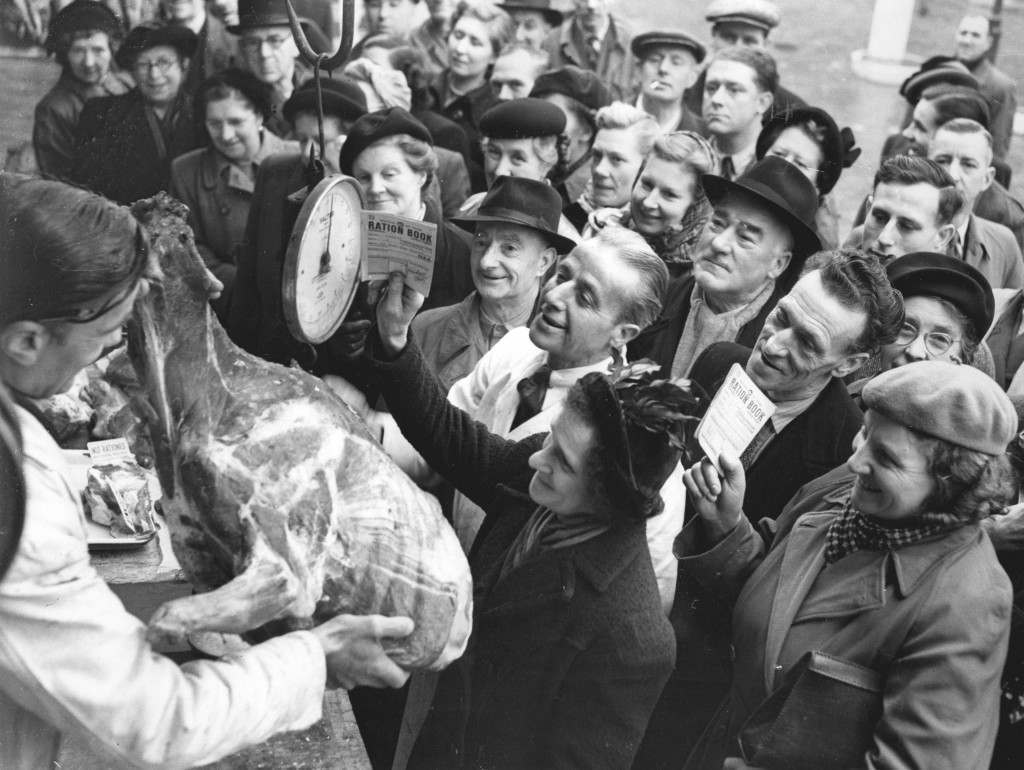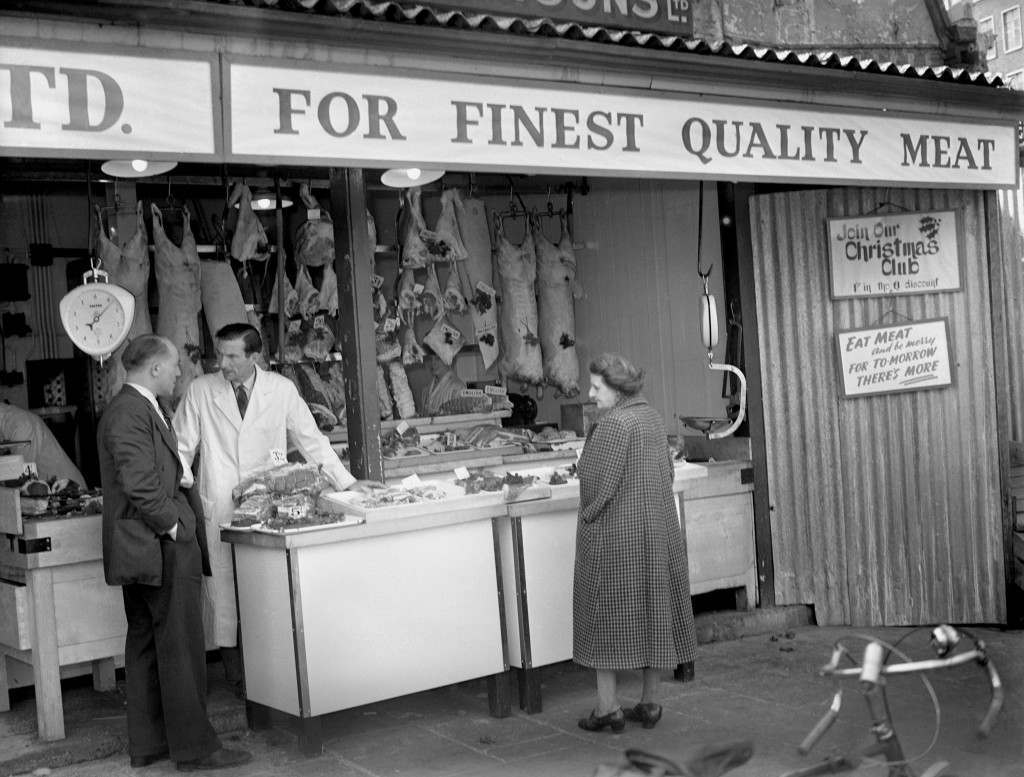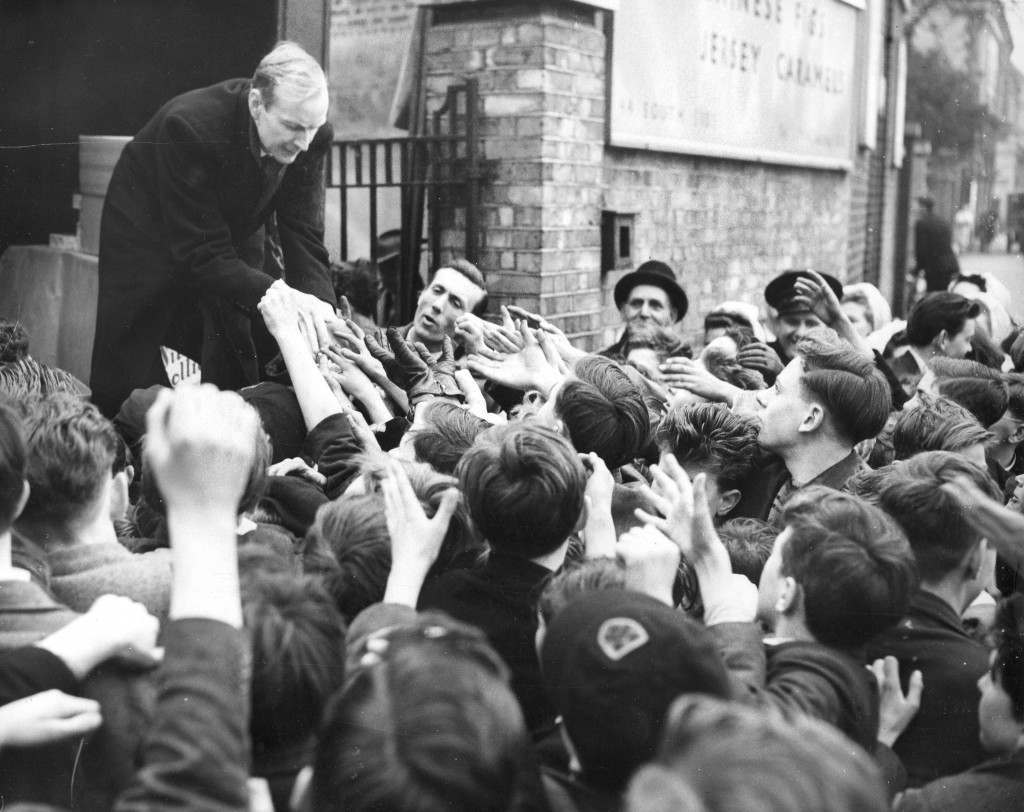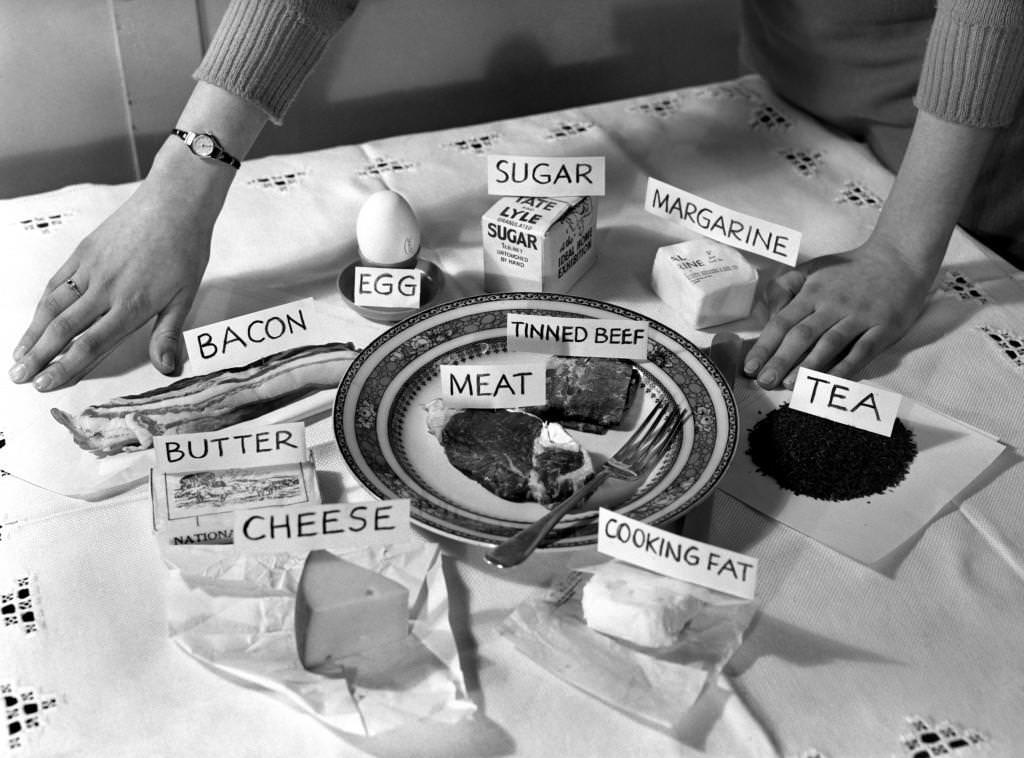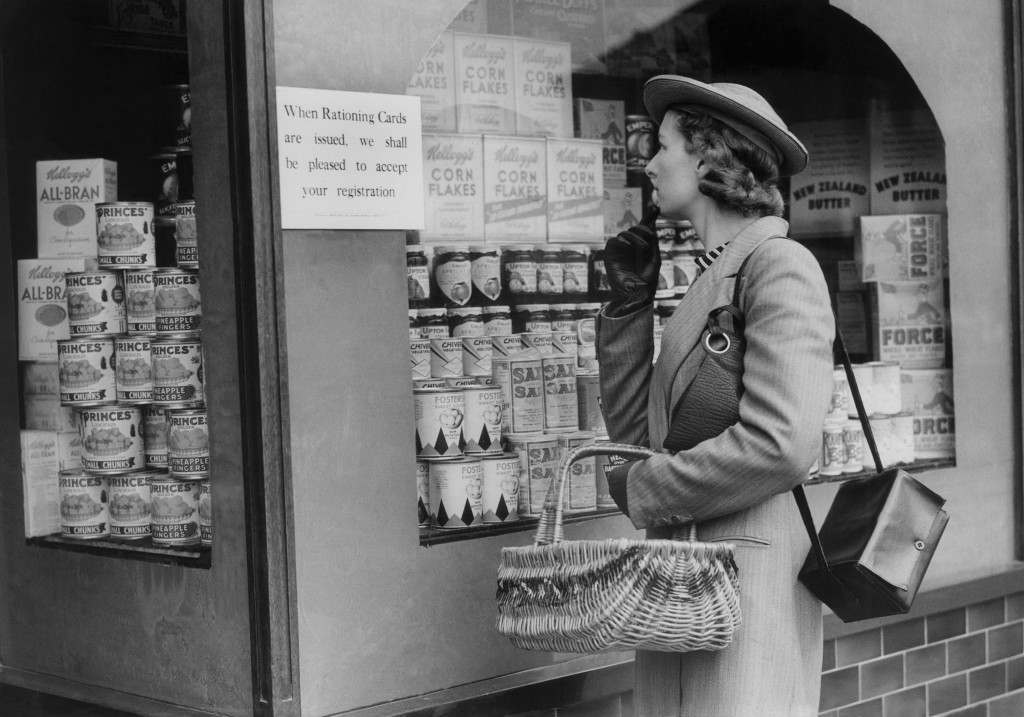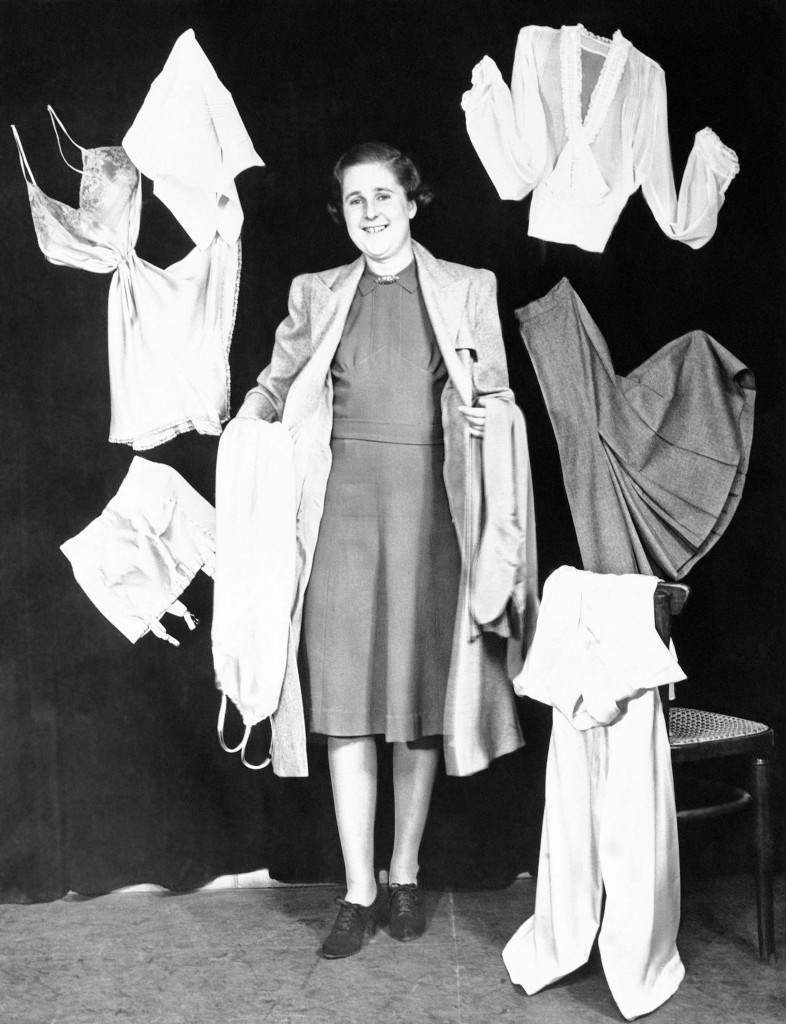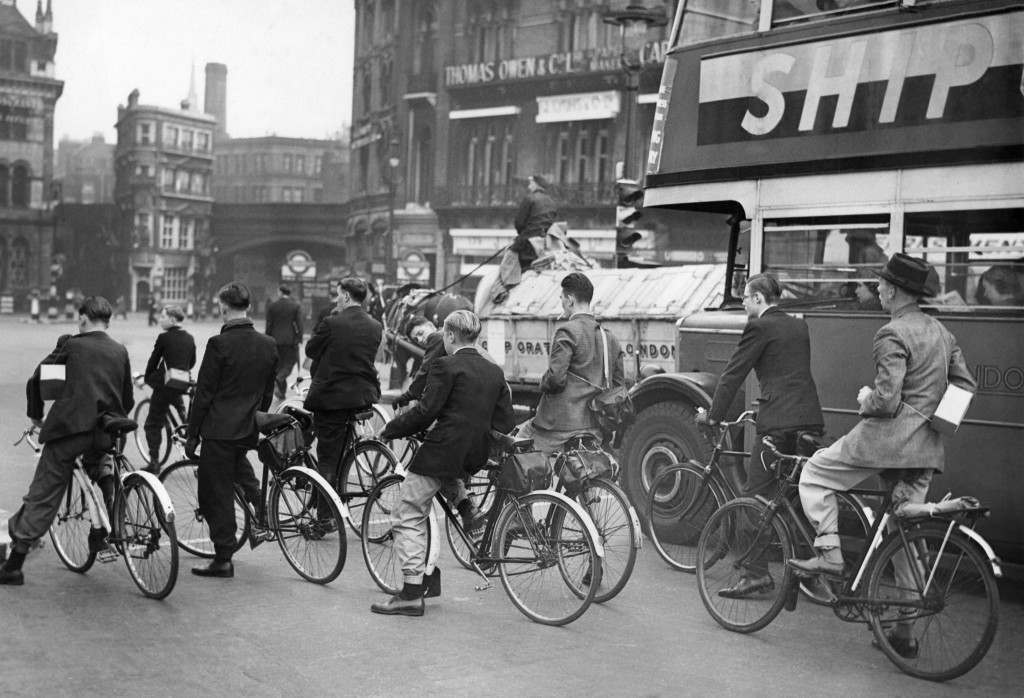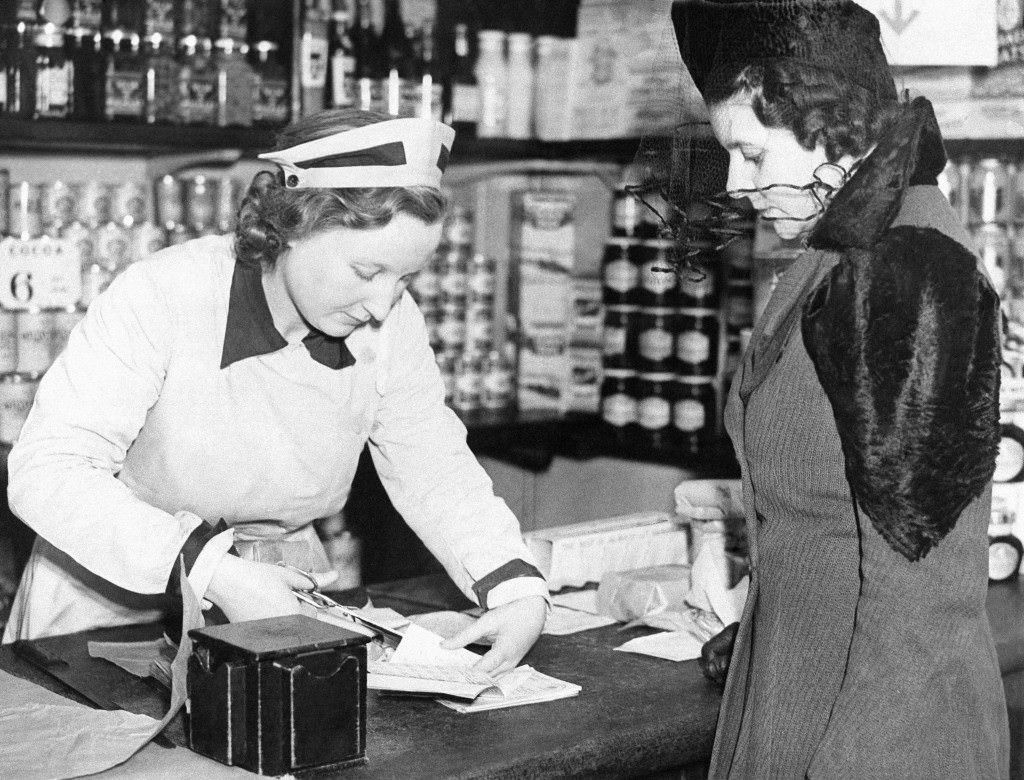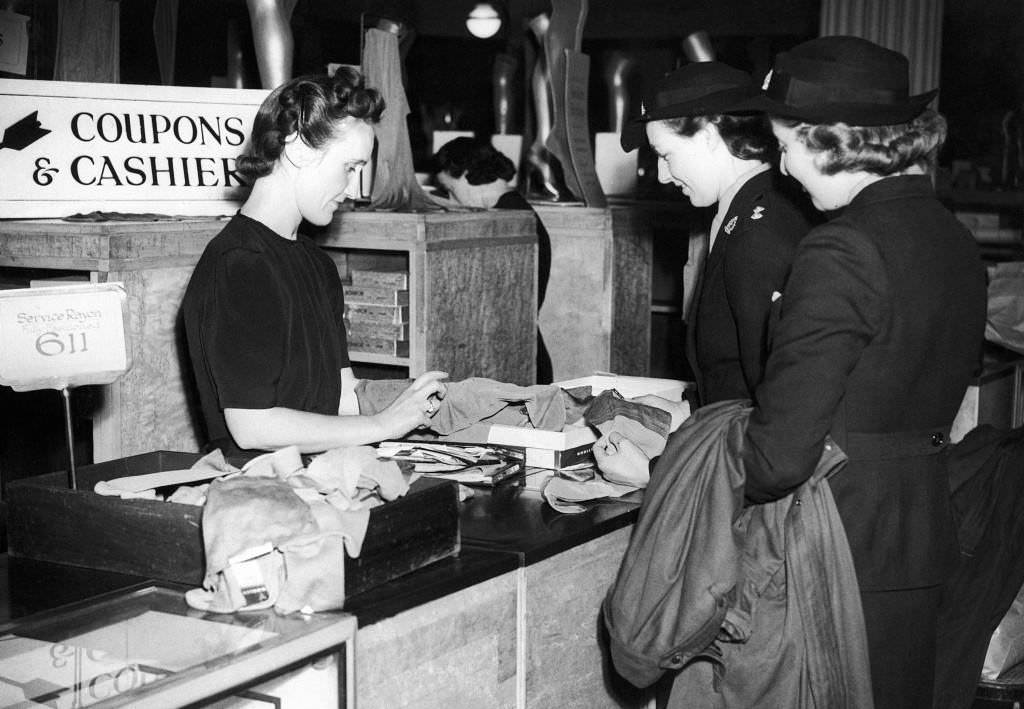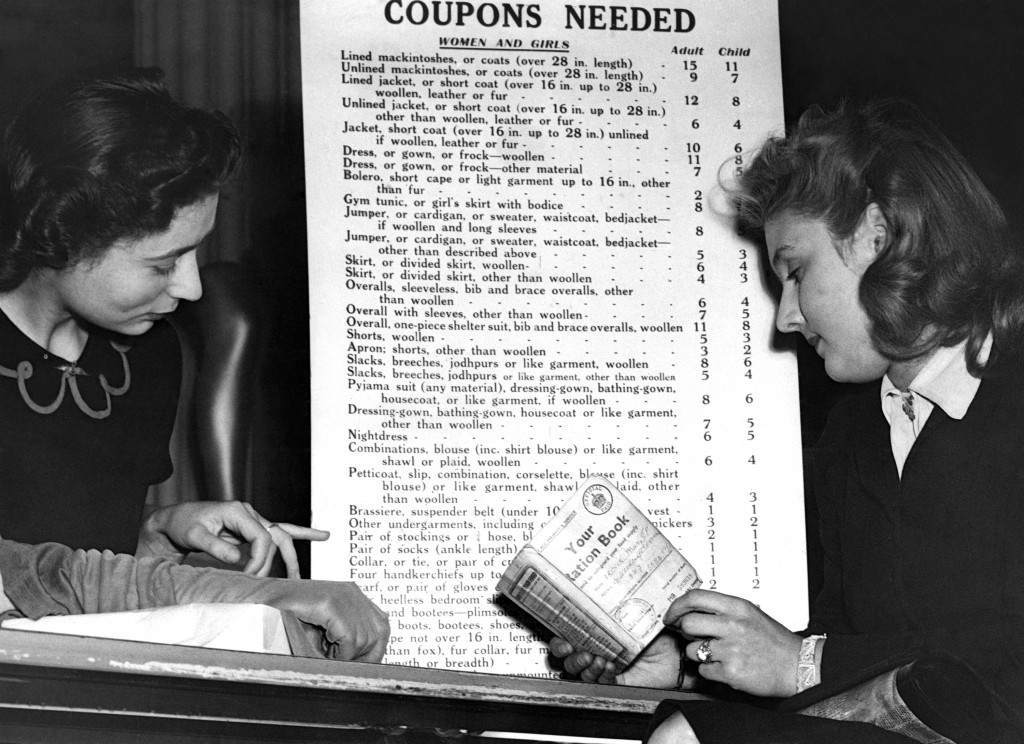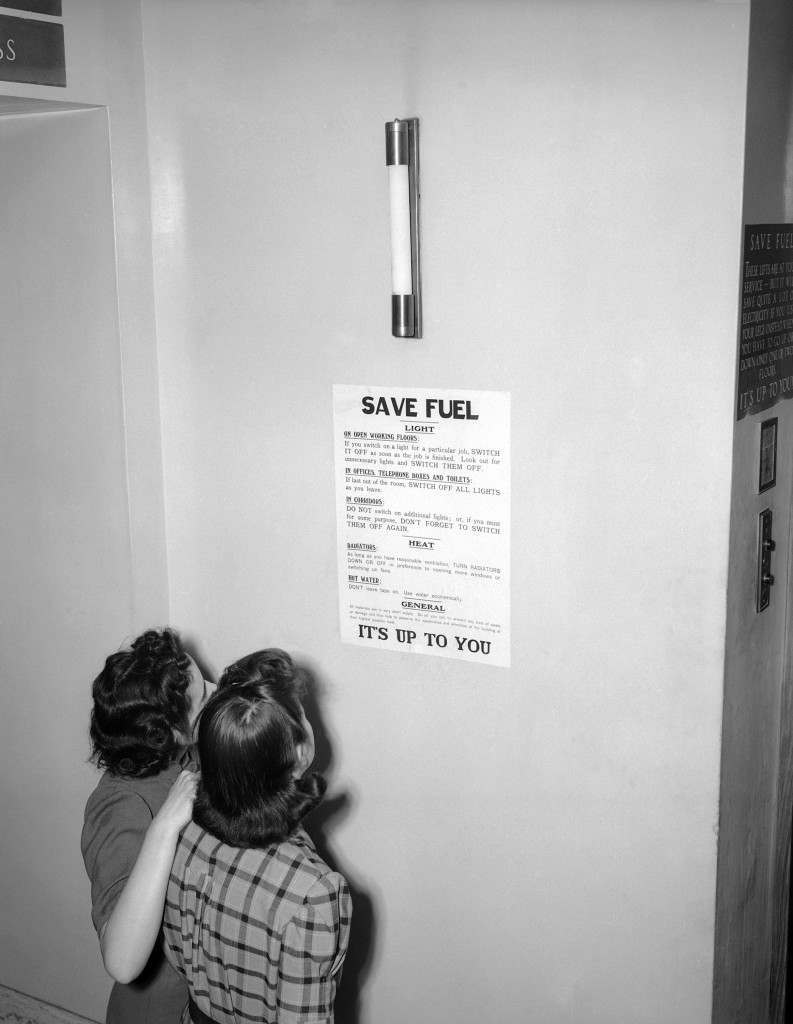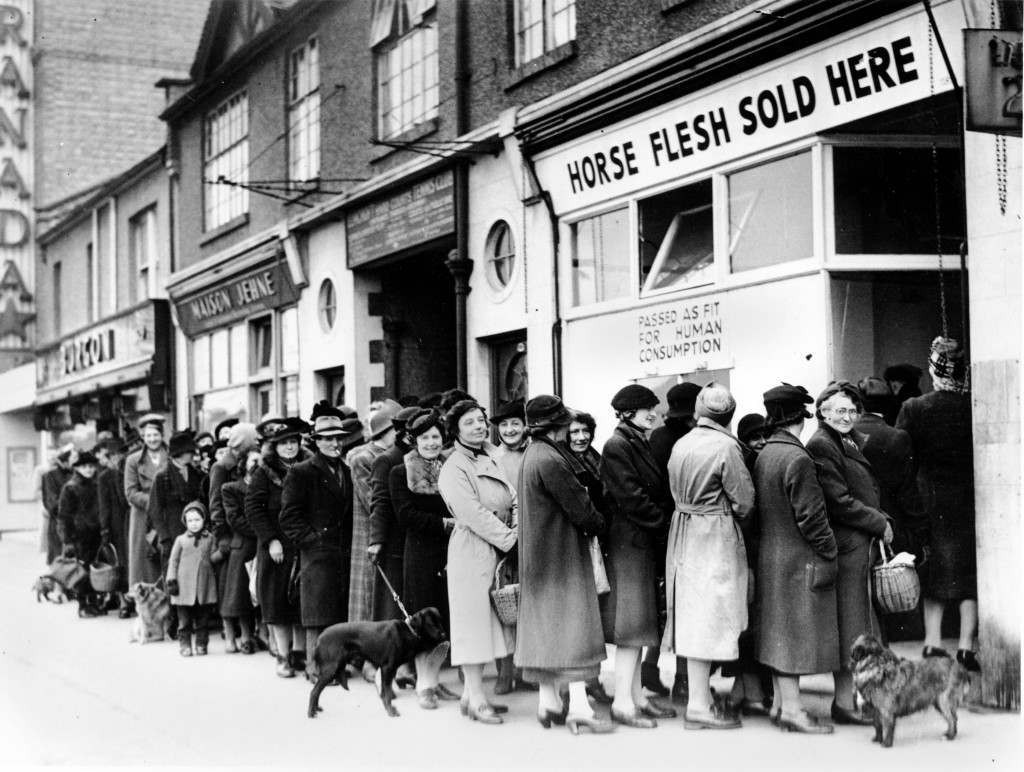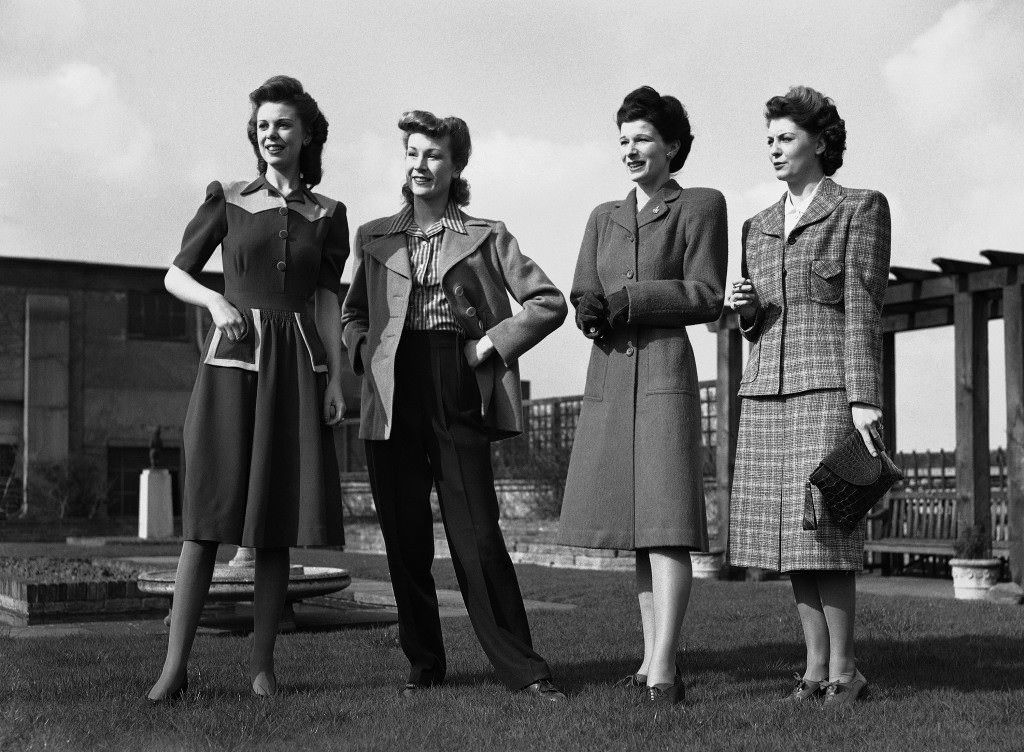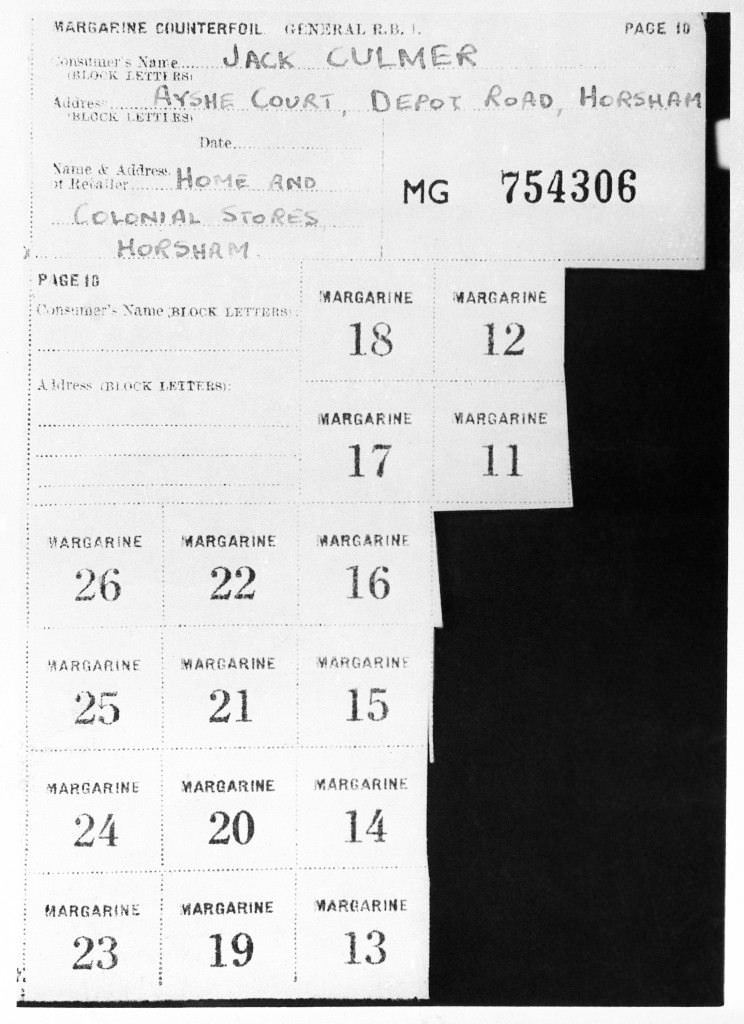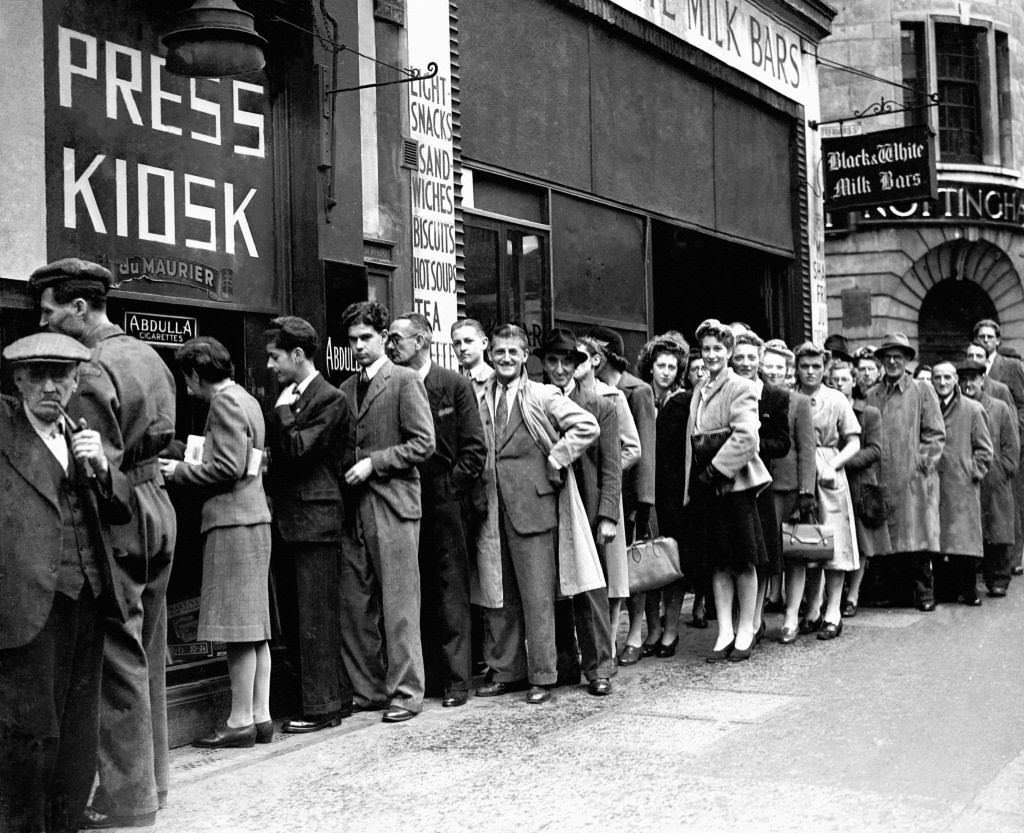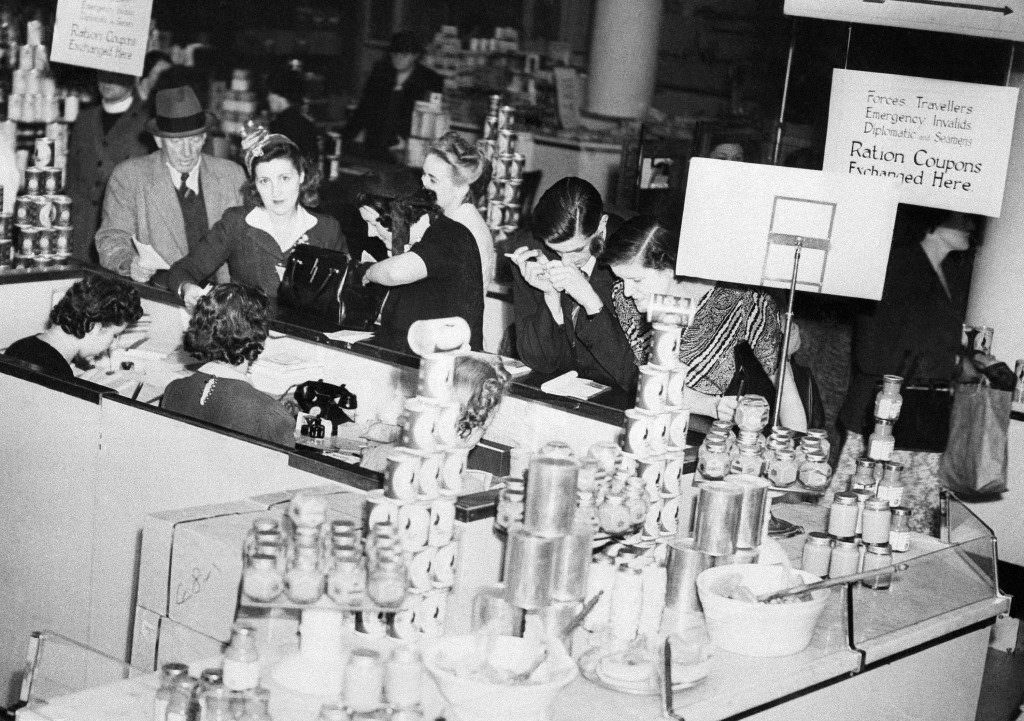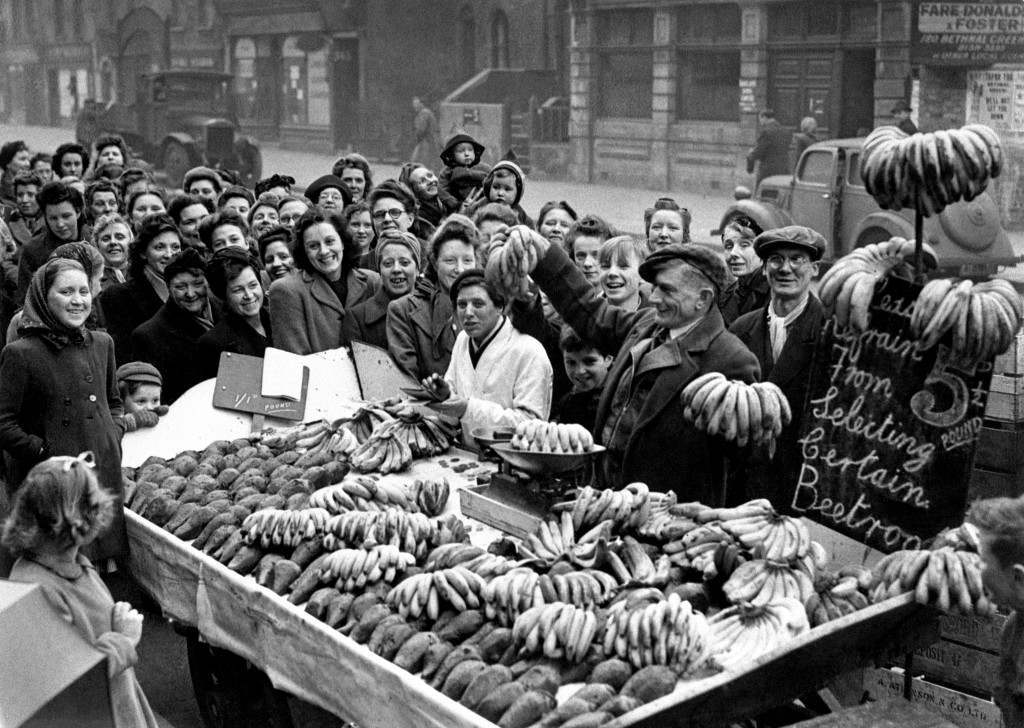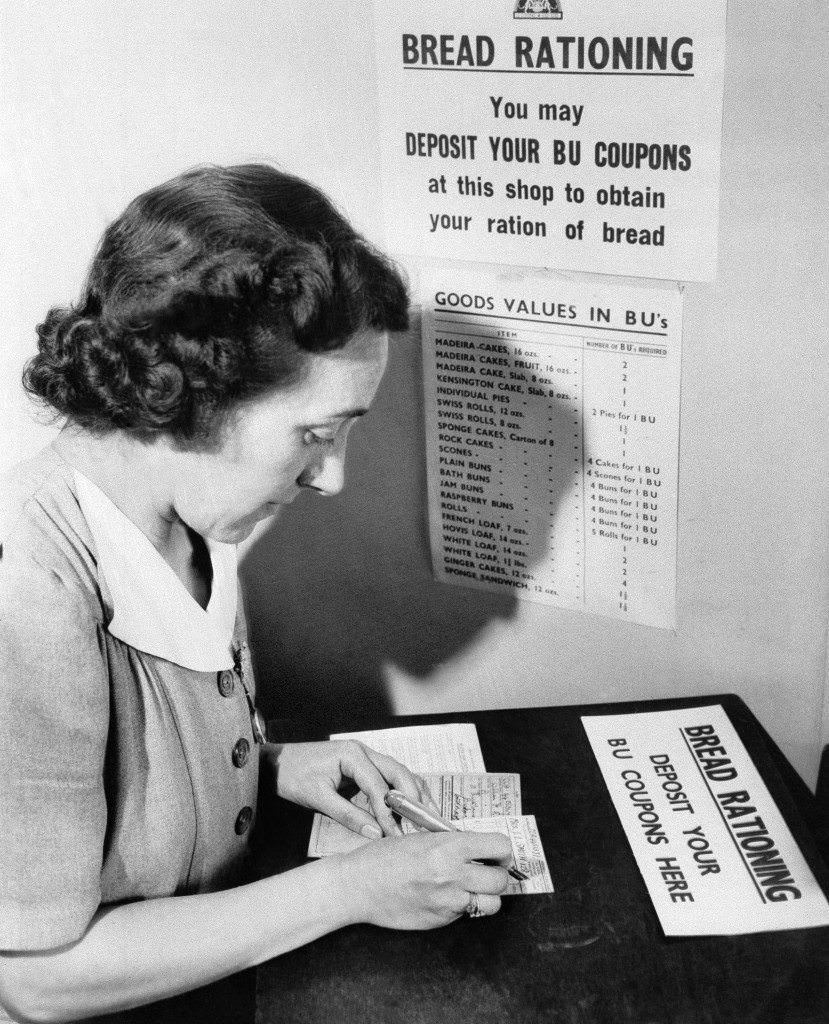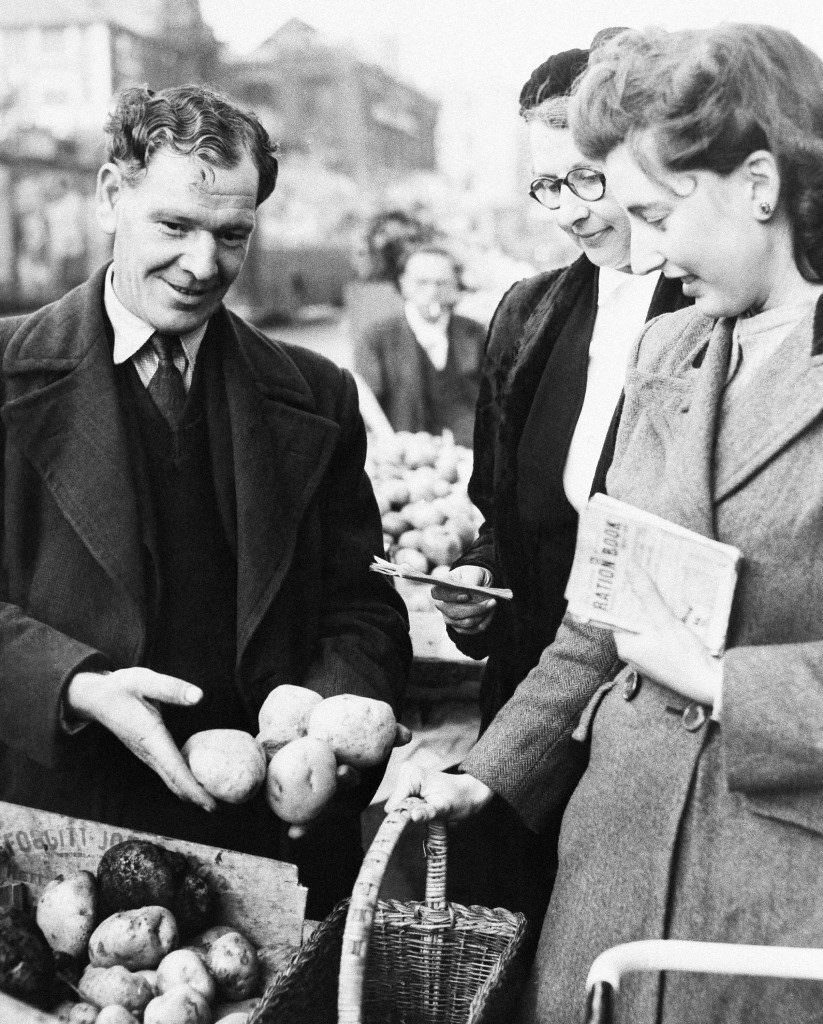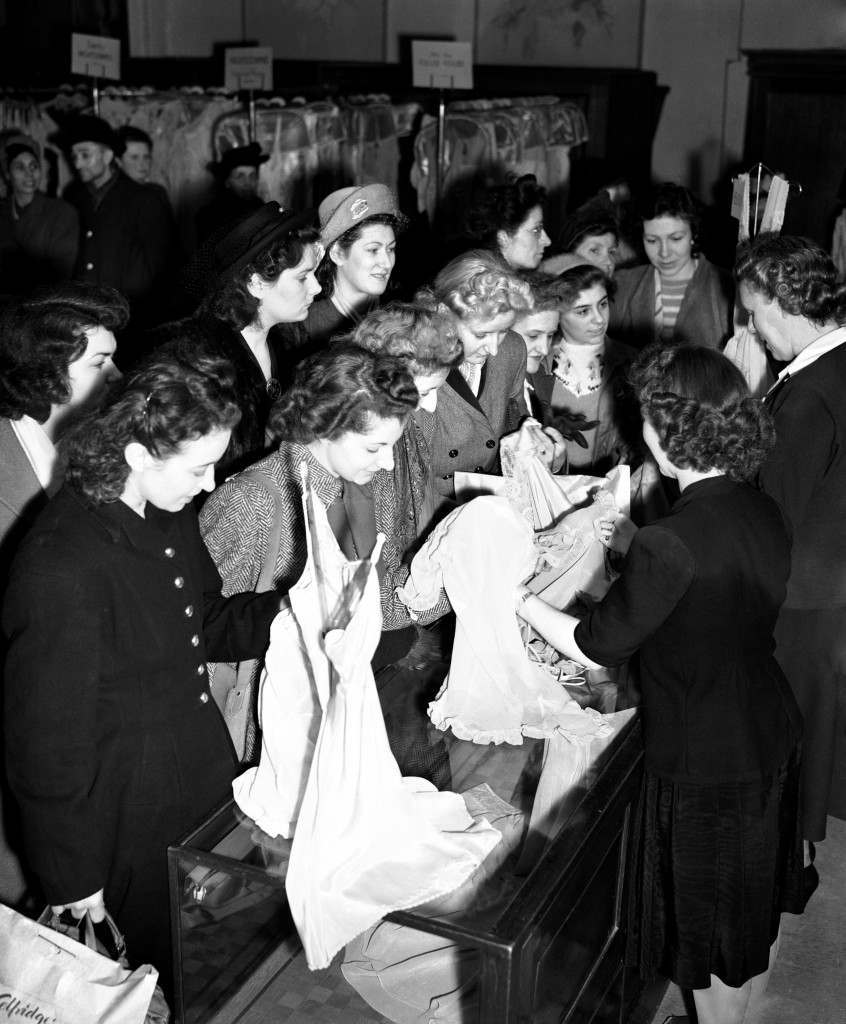During World War II, which began in 1939, and for several years after it ended, people in Britain lived under a system called rationing. This system was put in place to make sure that limited supplies of essential goods, especially food, were shared out fairly among everyone in the country. It lasted from 1939 all the way until 1954.
Rationing became necessary because the war disrupted the ships that brought food and other supplies to Britain from other countries. With fewer goods coming into the country, there wasn’t enough for everyone to buy as much as they wanted. The government needed a way to prevent shortages and ensure that everyone got their basic needs met.
The way rationing worked was through ration books. Every person in Britain was issued a ration book containing coupons. To buy rationed goods like sugar, meat, or butter, a person had to present their ration book to the shopkeeper, who would then tear out the correct coupon for the item and amount being purchased. This meant each person was only allowed a fixed, limited amount of these goods each week, regardless of how much money they had.
Many basic foods were rationed over the years. Items like sugar, meat, butter, margarine, cheese, tea, and eggs were staples that were carefully controlled. The specific list and amounts changed over time depending on how supplies were doing. For example, bread was not rationed at the very beginning of the war, but it was rationed later from 1946 to 1948. Potatoes were also briefly rationed in 1947.
Read more
The weekly ration amounts were quite small by today’s standards. This meant that families had to be very creative with their cooking and meals. They learned to use ingredients wisely, avoid waste, and make simple meals stretch as far as possible. Everyone received the same basic ration, which aimed to provide essential nutrients.
Surprisingly for some today, rationing did not stop immediately when the war ended in 1945. In fact, for a few years after the war, the rationing of some items was even stricter than it had been during the fighting. It took time for farming and international trade to recover, so supplies remained limited.
Living under rationing meant that meals were often plain and lacked variety. The idea of a large meal with many courses and rich ingredients, like roast chicken, cream, and multiple side dishes, felt like an impossible dream for many people. The limited rations meant such a meal was far beyond what most families could have on an ordinary day.
The government gradually ended rationing over several years in the early 1950s as supplies slowly improved. Different goods came off the rationed list at different times. Tea was finally no longer rationed in 1952. Sugar and eggs became freely available in 1953. The rationing of cheese and meats, some of the last items to be controlled, finally ended in 1954, marking the official end of the rationing period that had shaped daily life in Britain for fifteen years.
